Charlotte MacMillan photographed the Royal Ballet's Mayerling, with choreography by Kenneth MacMillan, music by Franz Liszt, and designs by Nicholas Georgiadis, which opens at the Royal Opera House on Wednesday. The cast is headed by Edward Watson as the death-obsessed Crown Prince Rudolf of the Hapsburg imperial dynasty and Mara Galeazzi as his partner in death, the court groupie Mary Vetsera.
Ismene Brown writes: Kenneth MacMillan’s most narratively ambitious three-act drama ballet, premiered in 1978 at the Royal Ballet, is a feast of pomp, royal hypocrisy, sex, drugs and suicide - a far cry, apparently, from the reassuring fairy ballets, and yet recognisably a classical ballet in structure, design and vocabulary.
Mayerling contains possibly the most demanding male role in all ballet, a tour de force of acting and partnering, a double whammy that demands of Rudolf both the stamina for three acts of tirelessly hauling women about in several extraordinary pas de deux, and also the dramatic acuity to elevate what could be a sordid monster into a breathing human being, sympathetic despite all.
The plot is based on the sensational and lurid demise in 1889 of the last Crown Prince of the Habsburg line, Rudolf, whose apparent suicide pact with his lover, Mary Vetsera, at a hunting lodge called Mayerling launched a thousand conspiracy theories. His stern, unhappily married parents, Emperor Franz Joseph I of Austria and the Empress Elisabeth, as well as the strict and isolated upbringing imposed on an heir to the throne, afflicted the young Rudolf with many neuroses and a rebellious political outlook that was considered to threaten the Austro-Hungarian empire’s future. (In the event, Rudolf’s death meant Franz Joseph was succeeded by his nephew, Rudolf’s cousin, Franz Ferdinand, whose assassination at Sarajevo led to World War 1, and soon after the disintegration of the empire.)
The ballet concentrates on Rudolf’s magnetism for women, for passing court mistresses, ambitious social climbers and his despised young bride, the sexual pathway to his almost satanic, morphine-crazed end at 31 with a 17-year-old girl whom he murders before killing himself. The scenario, which could be seen as a modern take on the lost Prince Siegfried in Swan Lake, is focused on his psychological trajectory, almost cinematic. MacMillan shows Rudolf’s fall via a series of remarkable and often upsetting scenes, contrasting parallel relationships of real and false love. Rudolf’s repulsion by his aloof, disturbed mother, the Empress, is countered by the feverish affection for him of her lady-in-waiting, Countess Larisch. His abusive treatment of women is resisted in vain by his young wife, Princess Stephanie, but embraced by the more masochistic Mary Vetsera, whose motives remain mysterious (and history indicates she may not have been as willing a participant in the pact as legend has it). There are other dual relationships in this world of emotional doubletalk - the Emperor is cold to his elegant Empress, and loves an older, more matronly opera singer, whose position the Court must politely accept. Vetsera herself, while apparently no more than an immature sensation-seeker with her claws in a prince, may be the victim of her own needy delusion that she too has a mother figure in Countess Larisch.
Highlights of the ballet include a heartrending confrontation of unloved son and unloved mother, brilliantly terrifying pas de deux, notably for Rudolf and his wife, Princess Stephanie - all but a rape scene - and the two unforgettable duets with Mary Vetsera, the first when she steps out of her ornate coat to reveal herself in a negligee, the second when the two of them urge themselves through drug-fuelled sex to their deaths. Some people find longueurs in the narrative explanation, such as Rudolf’s involvement with Hungarian separatists and a long drunk scene in a brothel, complete with seditious leaflets and invading policemen. Yet it all adds up to a tautly strung emotional universe where no feeling can be unguarded, and no one can be trusted. Liszt's foetid music makes a tremendous theatrical score, when orchestrated and arranged by the master ballet-arranger John Lanchbery.
The original cast were led by David Wall as Rudolf and Lynn Seymour as Mary Vetsera. Nicholas Georgiadis’s original designs, a riot of opulence and heavy rich fabrics, yet deceptively easy to dance in, are inextricably part of the staging. Edward Watson and Mara Galeazzi, featured in these photographs, perform the leading roles on Wednesday's opening night, and again on 12 and 16 October.
Click on a picture to enter full view.
[bg|/charlotte_macmillan/mayerling]
Pictures:
- Edward Watson as Crown Prince Rudolf
- Mara Galeazzi as Mary Vetsera
- Watson and Galeazzi, Act 2
- Watson and Galeazzi, Act 2
- Watson and Galeazzi, Act 2
- Watson, Act 2
Further performances on 8, 12, 14, 16, 27, 29 Oct, 2, 3 and 10 Nov. Book online here.
All photographs by Charlotte MacMillan: her website

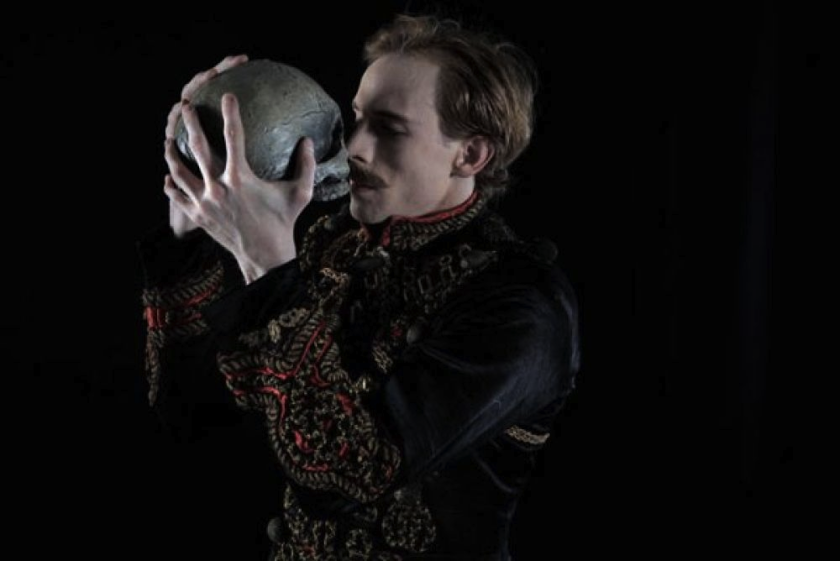


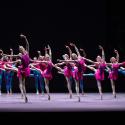

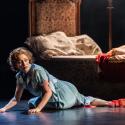


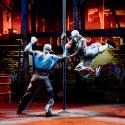


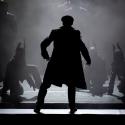
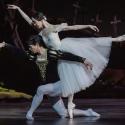
Add comment